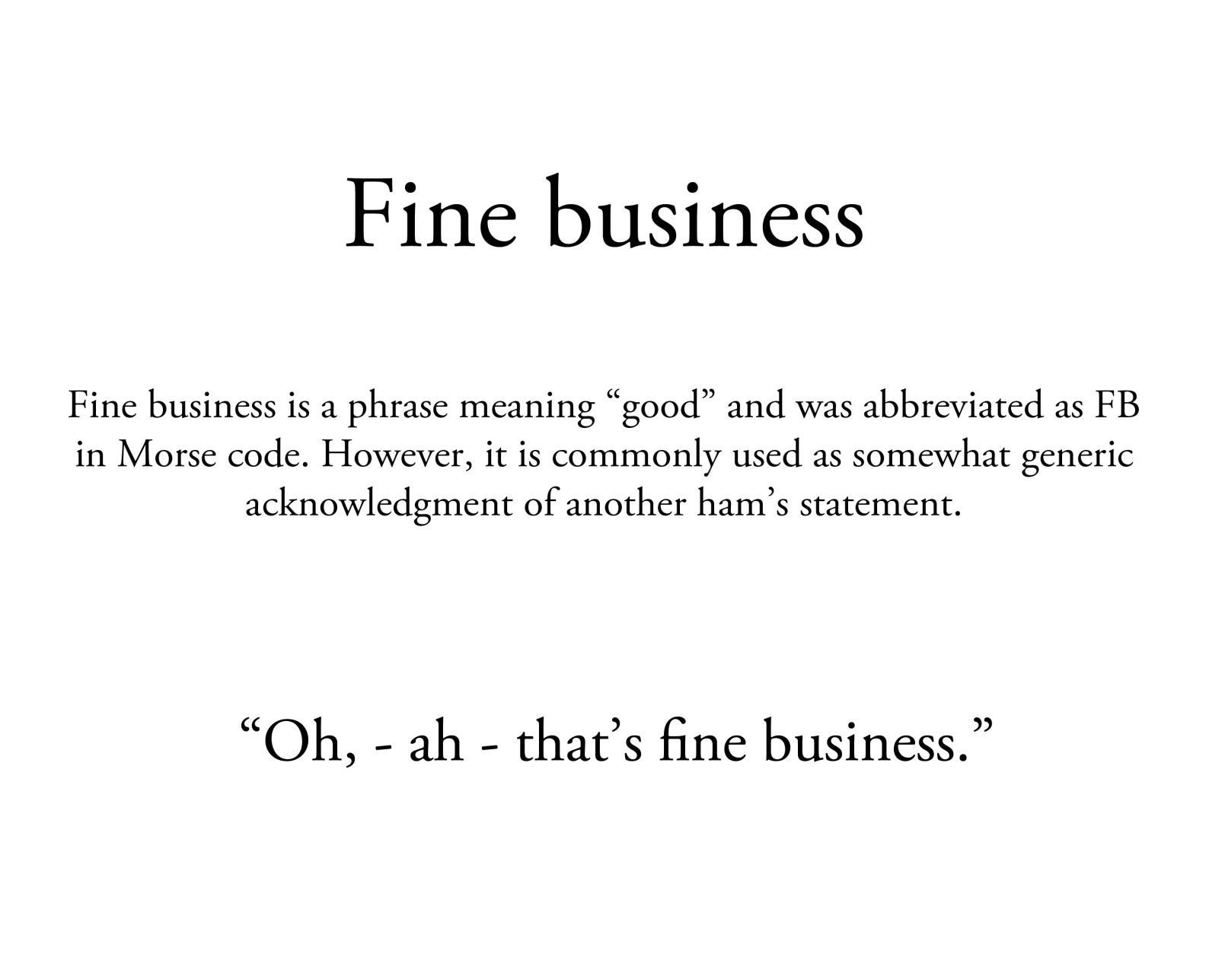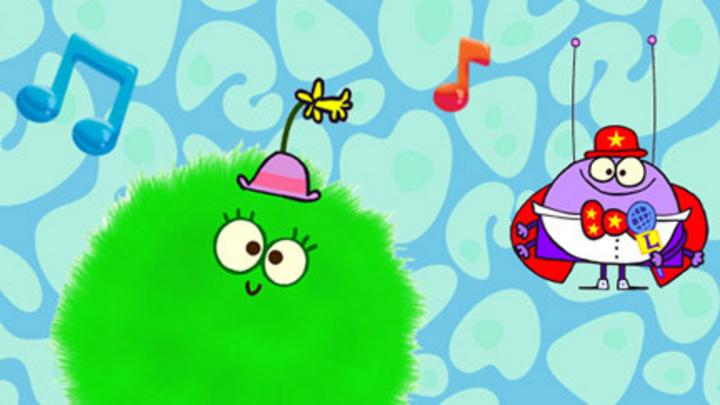

It’s helpful to tell someone if their signal isn’t coming through clearly. Don’t write what you think the ham wants to hear. Some feel the rush of a contest makes accurate reports so unlikely that signal reports shouldn’t even be part of the exchange. This practice has become a gripe of ham operators who truly want an accurate picture of their signal. They often don’t bother to really assess the actual signal quality and instead send hasty, meaningless reports of 59 (phone) or 599 (CW) just to move on.
Radio lingo code#
Modern ham radio contestants using Morse code often abbreviate the “nines” in the RST to “Ns,” like “5NN.” Typing “N” in Morse code is faster than typing “9.” Using letters to stand for numbers is called “cut numbers.”ĭuring contests, hams are trying to reach as many contacts as possible in a given time. However, a competition’s pressure for speed influences its use. Ham radio operators use the RST code whenever they communicate with each other. Nowadays, most radios are well-built commercial equipment producing a clean tone, always worth nine on the scale, so Tone simply gets dropped from RST reports. For example, 599K indicates a clear, strong signal, but with bothersome key clicks.

Occasionally, suffixes indicate these issues. “Key click,” “hum,” and “chirp” also describe problems caused by power supply. Ripple might cause a “brrrrring” instead of a clean “beep.” This was heard in the transmitted CW tone. Old radios (and some modern ones) suffered from “ripple” (from ineffective capacitors in the power supply, which are used to filter the rectified AC sine wave into a DC voltage). The science of radio was still poorly understood, and RST reports helped radio operators significantly. The Tone report goes back to the early days of radio when most hams were building their own transmitters for Morse code, from spare parts – with varying results. “You’re 20 over 9” means “your signal’s 20 decibels over S9.” Tone Therefore, you might adjust the number you report based on how loud a signal you actually hear.Įxceptionally strong signals can pass the S9 reading on the S meter.

A perfectly audible signal might barely move your S meter. However, S meters are not calibrated to a specific standard, so the same meter reading means different things on different sets. Most transceivers have an S meter, so you could just read your S meter to get your Strength number. Things that affect readability include atmospheric noise (static), interference, or fading (signal fades up and down).
Radio lingo series#
“Readability” assesses how easy it is to copy the information being sent during the transmission, whether it’s a series of characters in Morse code or spoken words.
Radio lingo how to#
So “three eight in Omaha” would indicate “readable with some difficulty, with a fairly strong signal.” “Copy you five by nine” means “perfectly readable with full signal strength.” How to Understand RST Codes Readability It gets dropped, and you have a two-digit RS report. So if you’re operating in voice mode (i.e., AM, SSB or FM), that third number is meaningless. However, the third category, Tone, is a quality that only applies to continuous wave (CW) transmissions – that is, Morse code. T9 – Pure Tone, no trace of ripple or modulation of any kindĪ perfect score is “599,” the highest rating in each category.T8 – Near perfect tone, slight trace of modulation.T7 – Near pure tone, a trace of ripple modulation.T6 – Filtered tone, definite trace of ripple modulation.T4 – Rough note, some trace of filtering.T1 – 50/60 hertz a.c., very rough & broad.R4 – Readable with practically no difficulty.R3 – Readable, but with considerable difficulty.R2 – Barely readable, some words occasionally distinguishable.

Readability is rated on a scale of one to five, while Strength and Tone is rated on scales of one to nine, as follows: R = Readability: The RST codes provide a nuanced report in just two or three numbers.Ī complete RST report describes three characteristics: Readability, Strength, and Tone. In 1934 Arthur Braaten developed the RST code as a systematic way to give feedback. Learn more by checking out our other Military Alphabet guides:Īs a ham radio operator, you might hear something from another operator like “I have you three eight in Omaha,” “your signal report is five seven in southern Ohio,” or “copy you five by nine.” What would that mean?Īmateur radio operators, also known as ham radio operators, don’t hear the signal they send out, but to get a message out clearly, it is important to know how they sound on the air.


 0 kommentar(er)
0 kommentar(er)
